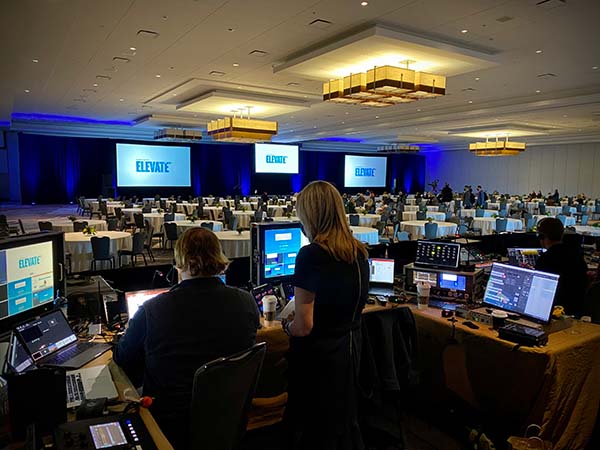Innovative Strategies to Enhance Efficiency and Visual Appeal in Limited Area Scene Design.
Wiki Article
Designing small spaces for set design can be both challenging and rewarding. When working within restricted sizes, it is crucial to maximize both functionality and aesthetics. This approach demands creativity and thoughtful planning. By using innovative styling methods, one can create an efficient environment that serves its function while also being aesthetically appealing. Understanding how to optimize area can transform a small space into a dynamic and engaging setting.
One efficient approach to improving small set design is through the utilization of versatile furniture. Items that function more than one role can substantially reduce clutter and save space. For instance, a seat can provide seating while also providing space underneath. Collapsible desks and chairs are other great instances, as they can be readily stored away when not in use. Choosing furniture that is easy to handle and simple to rearrange allows for adaptability in the layout, making it adaptable for different tasks or performances.

Another important factor of small space styling is making use of vertical areas. When ground area is limited, looking upward can provide additional opportunities for keeping and ornamentation. Wall-mounted racks can store books, items, or ornamental pieces without taking up precious ground space. Similarly, hanging features such as artwork or lighting can attract the gaze upward, creating an perception of openness. Using high, slim furniture can also assist maximize vertical area while maintaining a sleek look.
Color and illumination play key roles in improving the aesthetic appeal of a compact set. Lighter hues can more information make a space feel larger and more open, while darker shades can add dimension and warmth. It is important to select a palette palette that matches the theme of the space and creates a cohesive appearance. Lighting, on the other hand, can aid define zones within the space. Gentle, ambient lighting can make a compact useful content area feel more welcoming, while strategically positioned lights can highlight key elements or centers in the design.
Finally, incorporating organic elements can greatly enhance both functionality and beauty in small stage designs. Greenery not only add hue and life to a room but can also cleanse the air and create a soothing atmosphere. Employing natural elements like timber or stone can bring comfort and texture to the layout. Additionally, large openings or mirrors can increase the sense of spaciousness by reflecting illumination and creating a connection with the external environment. Overall, combining these elements carefully can lead to a harmonious and practical space that attracts the focus of its audience.